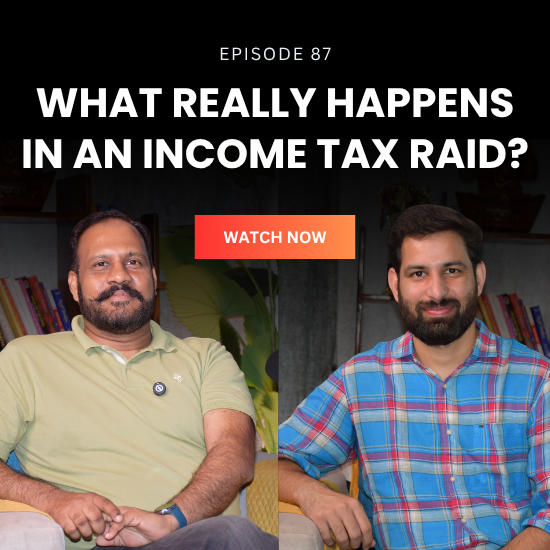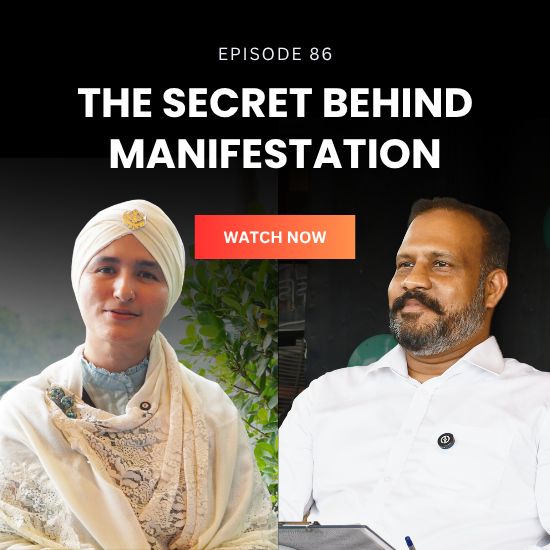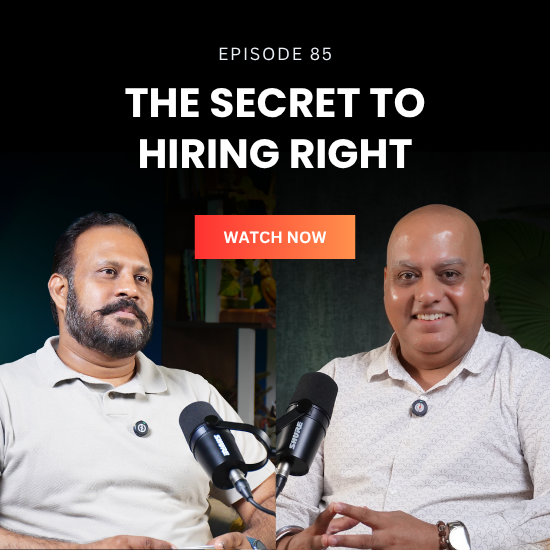In this episode of The Alpha People, host Naveen Kumar Verma engages in a value-packed conversation with Akash Nayyar, a well-known e-commerce expert and branding consultant. The discussion centers on how individuals can build a profitable online business in India — even with minimal investment and no inventory. Akash explains that by leveraging third-party brands and obtaining authorization letters, new sellers can start listing products on platforms like Amazon and Flipkart and begin earning from day one. He emphasizes the importance of serious intent, branding, and selecting the right product niche to stand out in a crowded marketplace.
The conversation moves into the nitty-gritty of pricing and hidden costs. Akash warns that many sellers mistakenly assume profitability by selling at a slight markup, unaware of the layered expenses involved — such as platform commissions, ads, shipping, and returns. He shares the “4X pricing rule” to maintain healthy margins and explains why certain low-ticket products can be a loss-making trap due to high return rates. Using real examples, he breaks down how sellers can package products better, use combos, and add value (like free gifts or unboxing experiences) to increase perceived worth and reduce returns.
A significant part of the podcast is devoted to fulfillment methods — including Amazon FBA, self-shipping, and dropshipping. Akash outlines the pros and cons of each model, guiding beginners to use Easy Ship or Shiprocket in early stages while gradually scaling to FBA for better efficiency and customer service. He also touches upon quick commerce platforms like Blinkit and Zepto, explaining how they operate through “dark stores” and are suitable for hyperlocal deliveries with shelf-stocking fees.
Akash also delves into the importance of influencer marketing and social media. For categories like fashion and cosmetics, he suggests leveraging micro-influencers to drive traffic either to a brand’s website or e-commerce platform listing. This strategy is especially useful for visibility in the early days. He further advises against relying on fake reviews or manipulating Amazon’s system, warning that it could lead to account suspension. Instead, he encourages building genuine customer satisfaction and using seller protection mechanisms like SPF for handling fake returns.
The podcast explores export opportunities and trending categories like Ayurvedic products, kids’ items, yoga mats, and regional handicrafts. Akash explains how Indian sellers can use import-export codes (IEC) and simple documentation to tap into global markets like the U.S. He also discusses how modern tools, especially AI features in platforms like Amazon, are helping streamline listings, generate images, and enhance product pages automatically — a huge advantage for new sellers.
In closing, Akash emphasizes patience, product research, and market demand as critical to long-term success. He urges aspiring entrepreneurs not to get emotionally attached to products they personally like, but instead focus on what customers are actively searching for. With powerful insights, grounded advice, and clear roadmaps, this episode is a must-listen for anyone serious about entering or scaling in the e-commerce space.
🔔 Don’t forget to subscribe & share if this conversation resonated with you!
🔔 Don’t forget to subscribe & share if this conversation resonated with you!
Frequently Asked Questions
Certainly! Here are some potential questions and answers based on the podcast conversation:






